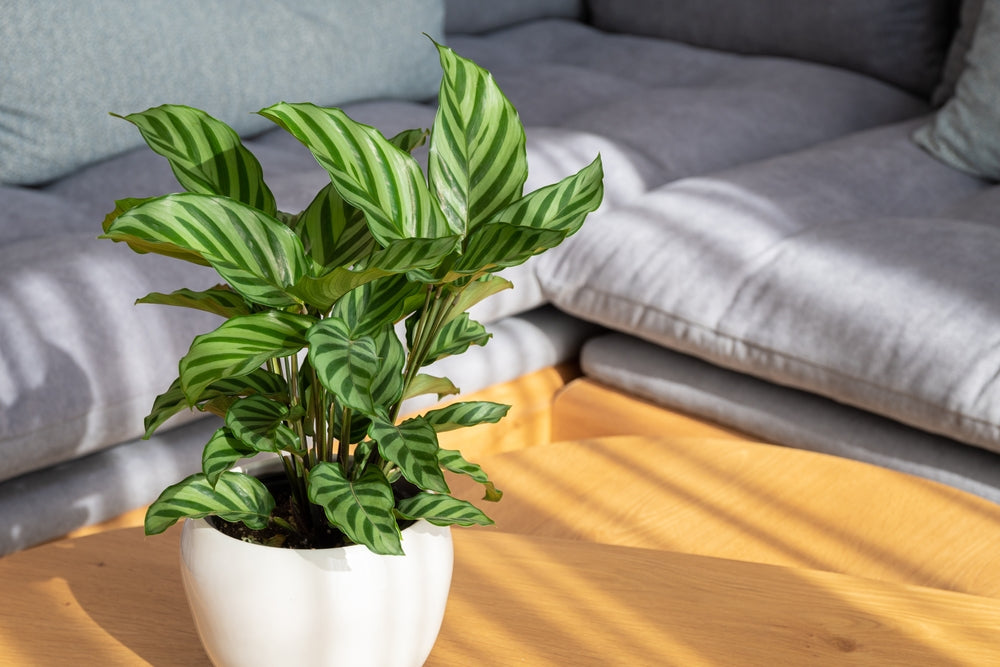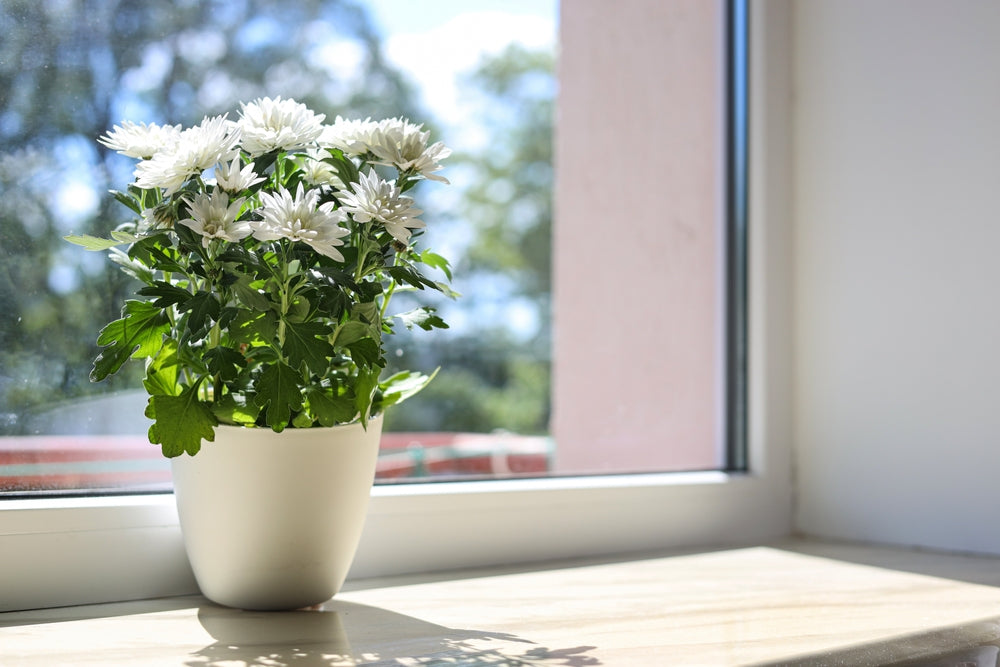Pots and Planters have gained immense recognition for sprucing our offices and homes. However, planters are much more than an aesthetic piece. A garden planter with proper drainage holes and apt size ensures the well-being of the soil and plant by preventing waterlogging and moisture retention. Although, there is a wide variety of materials to choose from for a planter.
Yet, metal planters and ceramic planters have topped the list. Both have their own advantages and demerits that often confuse a buyer. In this article, we have discussed both the planters and the major differences between them along with some maintenance tips to keep your planters intact and plants healthy.
What are Metal Planters?
Crafted with high-end metals like stainless steel, iron, or galvanised steel metal planters are perfect for your contemporary interiors. These are majorly used for cultivating plants, small trees or shrubs. Available in a multitude of sizes, shapes and styles, metal planters are a great choice for gardens, balconies and interiors as well.
Unlike other planters, they are a sturdy and long-term investment for your garden. Metal planters offer remarkable durability, moisture resistance, chipping and cracking. The only demerit with these planters is that they heat up very quickly. Therefore, to maintain the ideal temperature of the soil one needs to line them with protective coatings.
What is Ceramic Planters?
Ceramic planters are crafted with ceramic which is a natural clay that is baked at high temperature. The baking accounts for its high durability and prolonged life. Ceramic planters have gained immense popularity over time as they are available in a wide range of sizes, shapes, colours and designs. Due to this, they suit various aesthetics and preferences from traditional or modern.
These are a great addition to your garden citing their versatility and ability to retain moisture perfect for aquatic plants, ferns, and bamboo plants that require moisture all day round. It has a proper drainage hole to prevent overwatering citing which ceramic pots are used widely for flowering plants to succulents.
Difference Between Metal and Ceramic Planters
Here are some major factors that makes metal and ceramic planters different from each other
|
Point of Difference |
Metal Pots |
Ceramic Pots |
|
Durability |
Metal pots are resistant to breakage but can corrode with prolonged exposure to moisture |
These are durable and long-lasting but can develop cracks and chip off over time |
|
Insulation |
Not a good substitute for plants that are heat sensitive as they heat up very quickly |
Offers great insulation and is a good planter for maintaining soil temperature |
|
Aesthetics |
Available in simple, modern and sleek designs perfect for industrial-themed interiors |
Aesthetically pleasing with a wide range of colours, designs and shine |
|
Drainage |
It requires the manual addition of drainage holes |
Proper drainage holes available at the bottom |
|
Temperature Control |
Not apt to be kept in direct sunlight |
Ceramic planters have porous material that allows slow evaporation and keeps roots cool |
|
Maintenance |
Opt for rust-resistant coatings to prevent the chipping off of the paint |
Proper Care is required to prevent chipping and cracking |
|
Weight |
Light in weight and portable |
Heavy and cannot be moved from one place to another |
|
Environmental Impact |
Crafted with metals |
Eco Friendly |
Tips to Care for Garden Pots and Planters
Caring for garden planters is extremely important to maintain the well-being of the plants. This practice ensures that the plants receive adequate water and light fostering healthy growth and longevity. Here are some tips and tricks that you should adhere to take care of your garden pots.
- Neglecting the garden planter size is one of the major factors that should not be avoided. One should always choose plant pots as they offer ample space for the plant to grow. Apart from the plant’s size, the environment they are kept in should also be given emphasis.
- Proper drainage is another crucial factor that ensures the overall health of a plant. Hence, one should choose planters that have adequate drainage holes to prevent water from accumulating. If you are choosing a large plant pot or buying ceramic pots online then you should add a layer of gravel or small stones at the bottom to aid drainage
- Clean your planters regularly to prevent the buildup of dust, algae and dirt. You can use a solution of mild soap and water and scrub off any of these
- Do a weekly check of the ceramic pots to ensure that they do not develop a crack or chipping
- You can use coasters or elevators beneath the metal plant stand to prevent water accumulation at the bottom. This is also helpful to improve the drainage process and prevents moisture from seeping that can corrode the metal
- If you are using metal planters then you need to paint them from time to time. Over a period of time, moisture corrodes the outer layer leading to the fading of the paint. Thus, it is suggested to use metal-appropriate colours to paint the planters once in a while
Buy Hanging Planters
On a final note, both metal planters and ceramic planters have their own merits and utility to offer. Consider factors like design, functionality, and maintenance preference to know which is better for your garden. Metal planters offer prolonged life and a sleek look whereas ceramic pots excuse timeless appeal and have a proper drainage system. Whichever design you choose, both have the power to elevate the ambience and aesthetics of your garden.
Read More-
The Benefits of Using Basket Planters in Your Gardening Routine
How to Choose the Right planter for plants
















